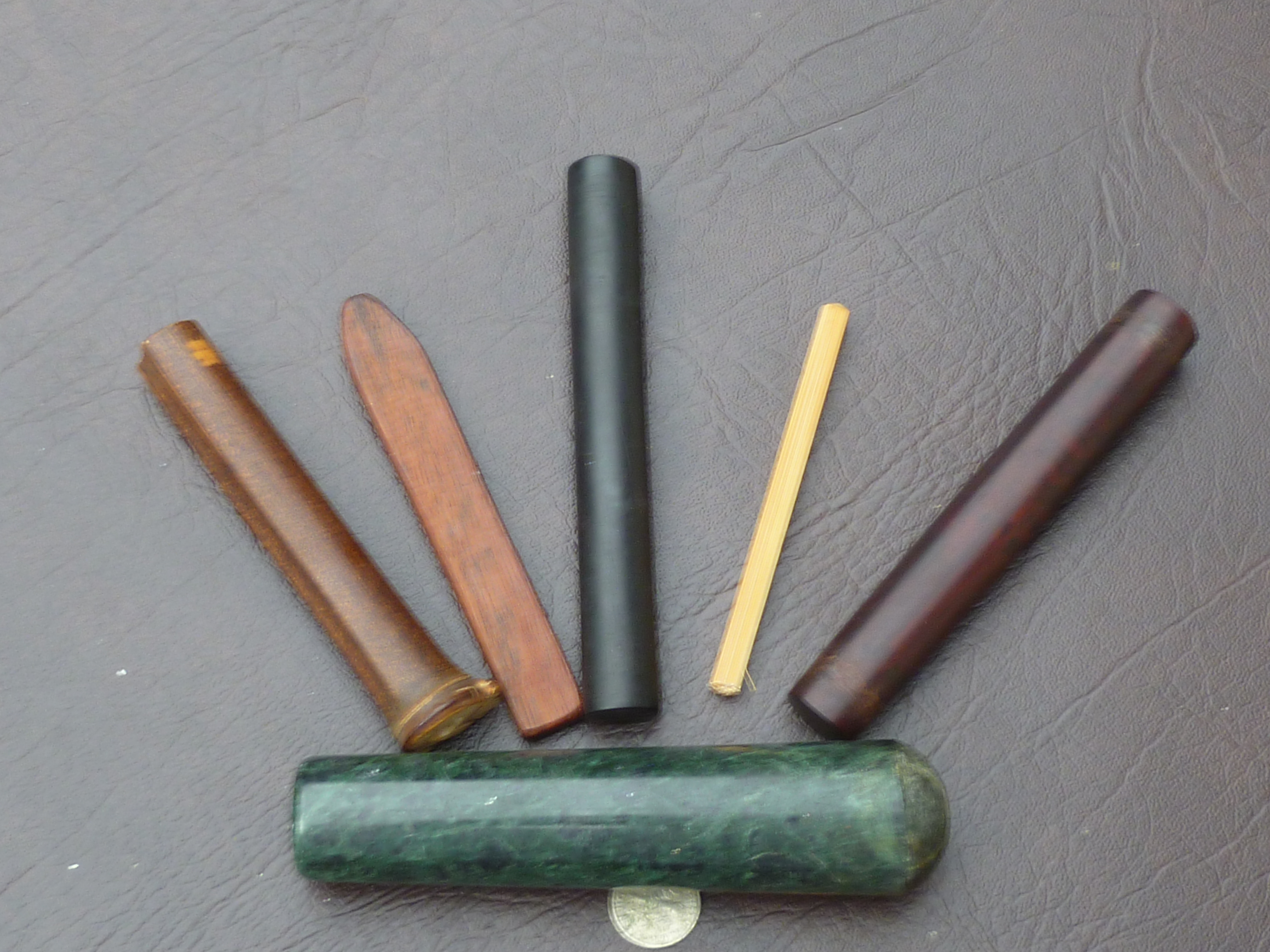Dorian Mode
General mountain dulcimer or music discussions
Lisa's playing of Aunt Rhody in Dorian Mode has brought up interest in one of my favorite Modes.
Dorian is a minor Mode with the 3rd and 7th notes of the scale flatted* and the 6th note of the scale sharped* -- when compared to the major Ionian Mode scale (mi-flat, la-sharp, ti-flat). Dorian is identical to the full minor Aeolian Mode except that the 6th note of the scale is sharped in Dorian but flatted in Aeolian.
Dorian is most commonly heard in Celtic music and early American folk songs derived from Irish melodies. Dorian mode sounds a little melancholy because the final note (re) doesn't quite resolve itself. The song may be over, but the singer is still unsettled.
The Dorian scale starts on the 4th fret and runs to the 11th. Traditionally it was tuned in D -- DAG, but a 1-5-7 tuning will give you Dorian mode in whatever key you choose -- CGF for example or GDC. To get to Dorian mode from Ionian, tune the melody string down -- DAA to DAG for example.
Here's a list, in no particular order,of Dorian tunes that I've compiled over the years. Some of these can also be played in other Modes, and there are tunes like Aunt Rhody which can be given a new interpretation by being played in Dorian. Give it a try!
Clinch Mountain Backstep
What Do We Do With A Drunken Sailor
Star of Munster
Star of County Down
Shady Grove
Cluck Old Hen
In the Pines
Black is the Color of My True Loves Hair
Dear Companion
Little Sadie
Pretty Polly...
Over the River, Charlie
Wedding Dress a.k.a. Little Doney Gal
Bachelor's Hall
Nottamun Town
Over the River Charlie
Drowsey Maggie
Cindy, Cindy
Cripple Creek
Sovay
Swallowtail Jig
Hughie The Graeme
My Little Welsh Home
The Mist Covered Mountains of Home
Motherless Child
All The Pretty Little Horses
All Through the Night
Modern:
Scarborough Fair (Simon & Garfunkle)
Wreck of the Edmund Fitzgerald (Gordon Lightfoot)
City of New Orleans (Arlo Guthrie)
Night The Lights Went Out In Georgia (Vicki Lawrence/Bobby Russel)
Summertime (Gershwin)
Hymns:
Wondrous Love
Be Thou My Vision a.k.a Banks of the Bann
Rounds:
Hey Ho Nobody Home
Rock:
Moondance (Van Morrison)
Smoke on the Water (Deep Purple)
Light My Fire (The Doors)
Oye Como Va (Carlos Santana)
Eleanor Rigby (Beatles)
Along Comes Mary (Association)
Knockin' on Heaven's Door (Dylan)
This Diamond Ring (Gary Lewis & The Playboys)
** Note that flatted and sharped are not the same as flat and sharp. If the natural note is F# for example and it is flatted, it becomes an F. If F# is sharped it becomes a G.
updated by @ken-hulme: 02/25/19 02:46:10AM



